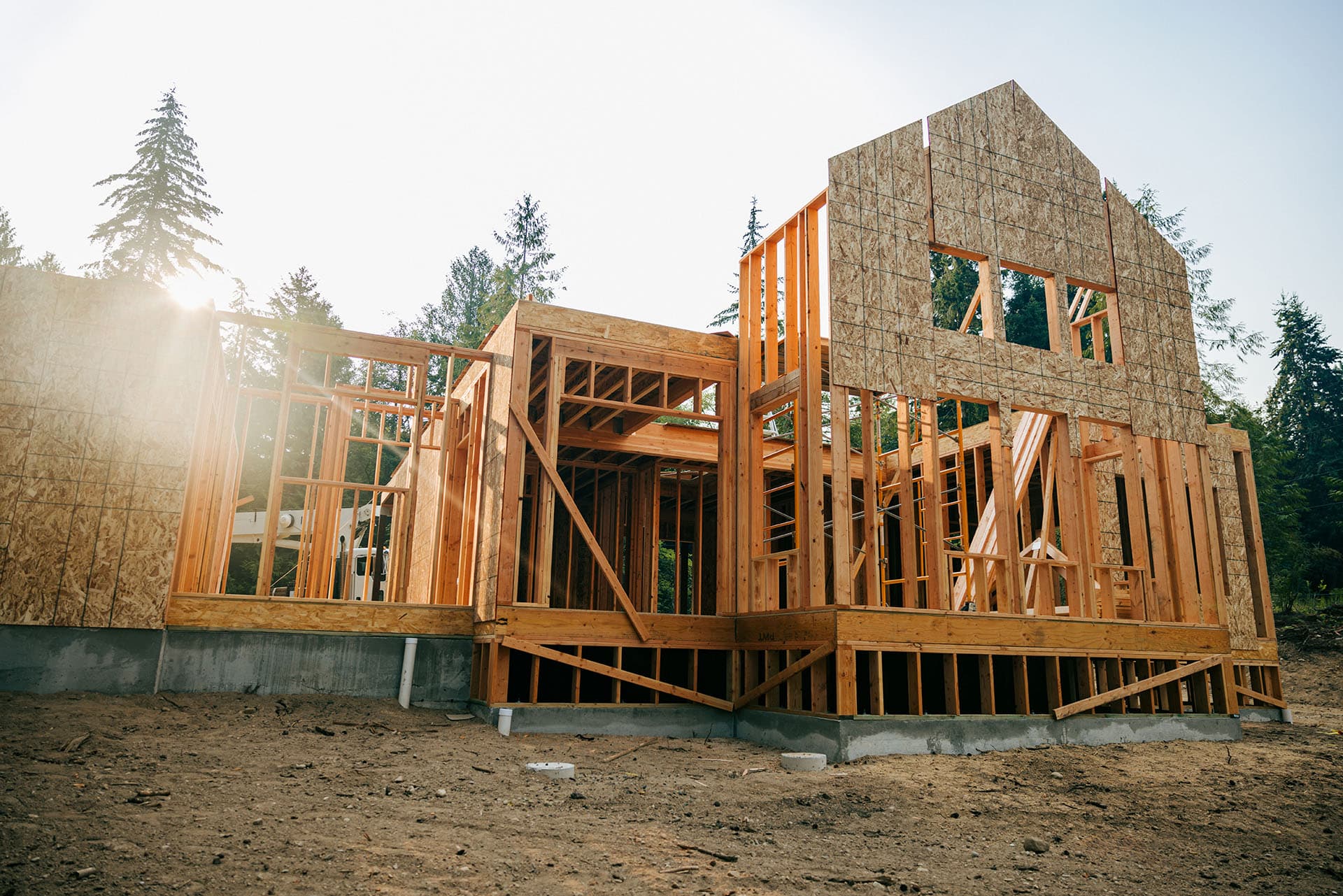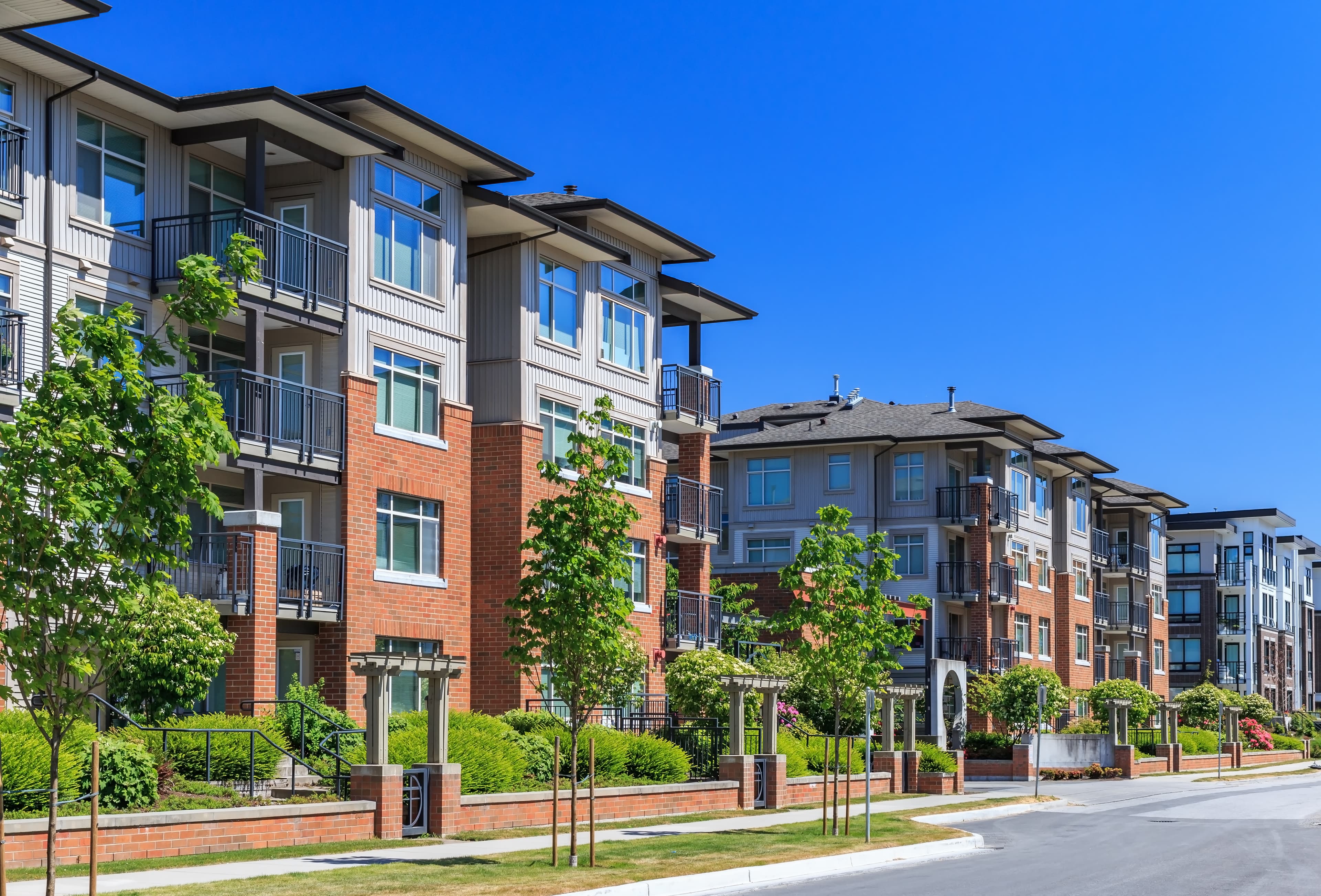Planning for the future: Tackling structural challenges in Canada’s office sector
Canada’s office sector faces long-term oversupply. Why planners must act now to convert obsolete space and support the next wave of modern office demand.

Key highlights
Canada’s office sector is facing a structural – not cyclical – shift, driven by slower population growth, hybrid work, and more efficient space use
Despite adding nearly 500,000 new office jobs in the last five years, demand for new space remains subdued due to declining space-per-worker ratios
Over 100 million square feet of office space is available nationwide, including 37 million in the GTA, signaling significant oversupply
A clear bifurcation has emerged: demand is increasingly concentrated in modern, centrally located AAA Class office buildings, while older, obsolete office stock remains largely vacant and underutilized
A long-term strategy is needed: policymakers must enable faster conversion of outdated office space and support targeted investment in new, sustainable office stock
Cities are built for the long term. Planners remind us that our frameworks should look decades ahead and not be swayed by today’s economic ups and downs. But when the economic landscape shifts in a structural way – as it has in Canada’s office sector - planning needs to adapt.
The macro-economic backdrop: Slower growth, lower populations
First, let’s set the stage. Canada, and Ontario in particular, are grappling with economic uncertainty. Businesses are worried about the slowing economy, made more complex by ongoing global trade tensions, and the recent on-again off-again on-again tariff issues. Near-term GDP growth is expected to be weak - we expect about 1.3% annually for Canada and just 0.7% for Ontario through at least to the end of 2026. Employment growth will slow as well, with job creation expected to fall to about a quarter of what we've seen in the past two years.
Perhaps the biggest long-term disruptor isn’t tariffs or interest rates, but demographics. Population growth - normally a steady driver of economic activity - is moderating sharply. Canada’s immigration plan, implemented last fall, has deliberately slowed the pace of permanent resident growth and actively reduced the number of non-permanent residents. The result? Net-zero population growth is expected for the next two years, with only modest increases beyond that. Fewer people means slower employment growth, and this will ripple through every sector of the economy - including the office market.
The Office market’s new reality
This brings us to the heart of the issue. Office markets have always been cyclical. They ebb and flow with leasing activity, company expansions, and recessions. But underneath those cycles are longer-term drivers: how many people have jobs, and how much space each worker needs.
The pandemic didn’t just cause a temporary dip in office demand - it accelerated long-term shifts in how companies use office space. Hybrid work, hoteling, and the shift to digital workflows all mean companies need less space per employee. These trends were already happening before COVID-19, but the pandemic sped them up dramatically - and they’re not going away.
Yes, we hear about banks and other companies mandating a return to office. But these mandates only modestly impact total office space utilization. The broader shift toward space efficiency is ongoing and permanent.
A market in structural oversupply
When we step back and look at the Canadian office market as a whole, it’s clear we are facing a significant structural oversupply. Across the country, more than 100 million square feet of commercial office space is currently available for lease, with about 37 million square feet of that in the Greater Toronto Area (GTA) alone. This is a staggering amount of vacant space, reflecting deeper shifts in how companies use office real estate.
Over the past five years, the market has seen negative absorption, meaning that the total amount of leased space has declined. In fact, net absorption has fallen by about 8 million square feet during this period. Even since late 2021, when some stability began to return and companies started mandating more in-office work, the pace of leasing has remained subdued. Nationally, net new leasing has been running at only about 900,000 square feet per year, a far cry from the 7 million square feet per year we saw before the pandemic. And in the GTA, absorption remains negative despite some recent green shoots.
Importantly, this surplus of space is not the result of weak economic growth or a lack of job creation. In fact, Canada’s economy has added nearly 500,000 new office-type jobs over the past five years, including 200,000 in the GTA alone. But companies are using space far more efficiently than before, thanks to remote work, hybrid arrangements, and new ways of sharing and managing office environments.
But it’s not just about how much space is vacant - it’s about which space. The Canadian office market is increasingly bifurcated, with top-tier buildings still attracting relatively strong interest, while other buildings struggle to find tenants.
What all this adds up to is a fundamental mismatch between the type of office space available and the type of space companies now need. Much of the vacant space sits in buildings that are older, less adaptable, or poorly located. Without a plan to address this overhang of obsolete space, it will be difficult to create the right conditions for new investment in the modern, sustainable office buildings that will drive economic growth in the years ahead.
Not all space is equal
The Canadian office market has entered a period of structural oversupply - but it’s important to recognize that this market is not a monolith. Office users have shown a strong flight to quality since the pandemic, meaning demand is highly concentrated in modern, well-located AAA-class buildings, particularly in central business districts. These spaces are generally performing well, but at the same time, a growing overhang of unoccupied or underutilized space exists in older, functionally obsolete, or poorly located buildings.
This glut of obsolete space poses a serious challenge: it suppresses investment in the new, modern office stock we’ll eventually need. It may seem counterintuitive to talk about building new offices when vacancy rates are high, but over the next decade, as the economy evolves, our cities will require fresh, energy-efficient, adaptable buildings to house the next generation of businesses. Simply put, yesterday’s buildings (and today’s vacant spaces) are not the right spaces for tomorrow’s economy.
To ensure a healthy and functional office market, planners need to confront this overhang of obsolete space. This means encouraging the conversion or redevelopment of older buildings into housing, institutional uses, or other higher and better purposes. Only by clearing this backlog can we create the right incentives for investors to fund the next generation of modern office development - spaces that will meet the needs of a growing, knowledge-based workforce.
It's time for adaptive planning
So where does that leave planners and policymakers?
The office sector has lots of surplus space, but it’s the wrong kind of space in the wrong locations. Much of this stock is functionally obsolete – buildings that no longer meet the needs of modern companies and workers.
The path forward has two parts:
Repurpose (through conversion or redevelopment) obsolete space in underperforming locations for other uses - residential, institutional, or creative mixed-use spaces, and
Encourage investment in the high-quality, sustainable, centrally located single-use office buildings that will support Canada’s economy over the next 10 to 20 years.
Policies around conversion and redevelopment need to be uncomplicated and focused on fast and efficient approvals. They should be free from complicated conditions - such as providing a certain mix of uses - which may not align with market demand and can slow down or burden the project. Municipalities should actively encourage office conversions through policies that are unencumbered by tie-ins with other municipal priorities, such as affordable housing or environmental performance standards.
Structural shifts in the office market are here to stay. It’s time for planners to shift from reacting to short-term fluctuations to building an adaptive strategy for the future of work - and the future of our cities.
Want to be notified of our new and relevant CRE content, articles and events?
Authors

Peter Norman
Vice President and Economic Strategist
Authors

Peter Norman
Vice President and Economic Strategist
Resources
Latest insights





Jul 22, 2025
EP4 - Modular, faster, smarter: How SAMI is redefining residential construction

